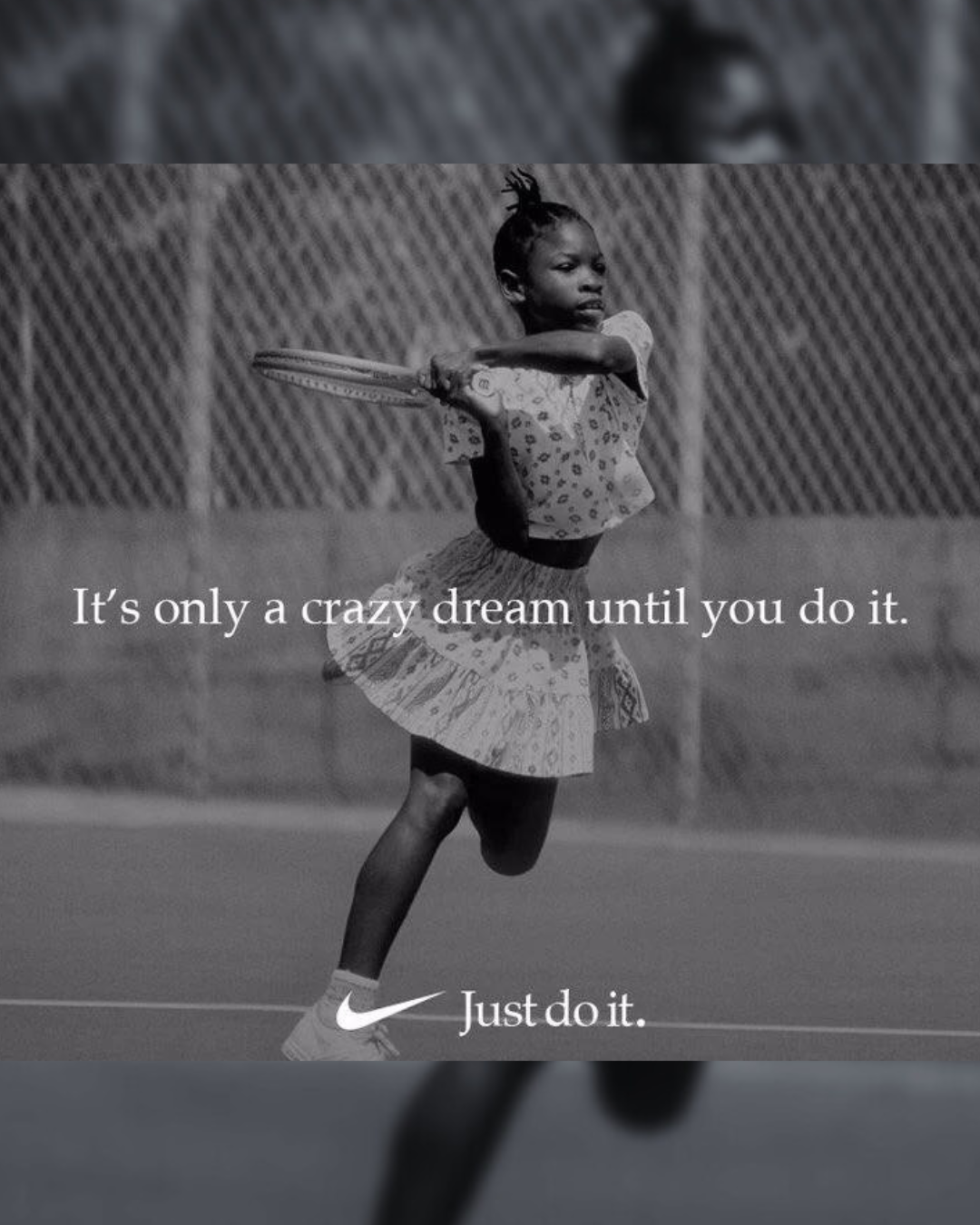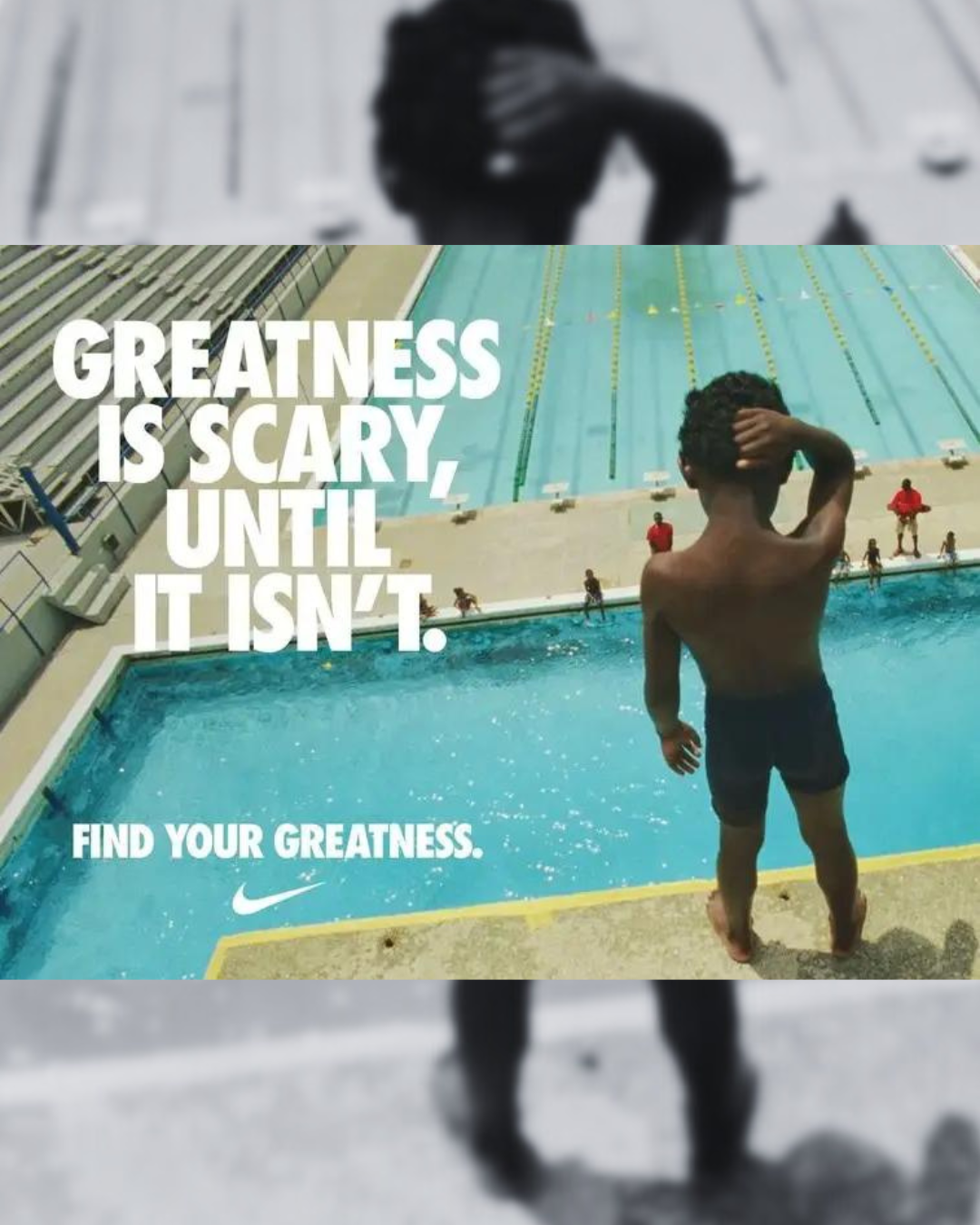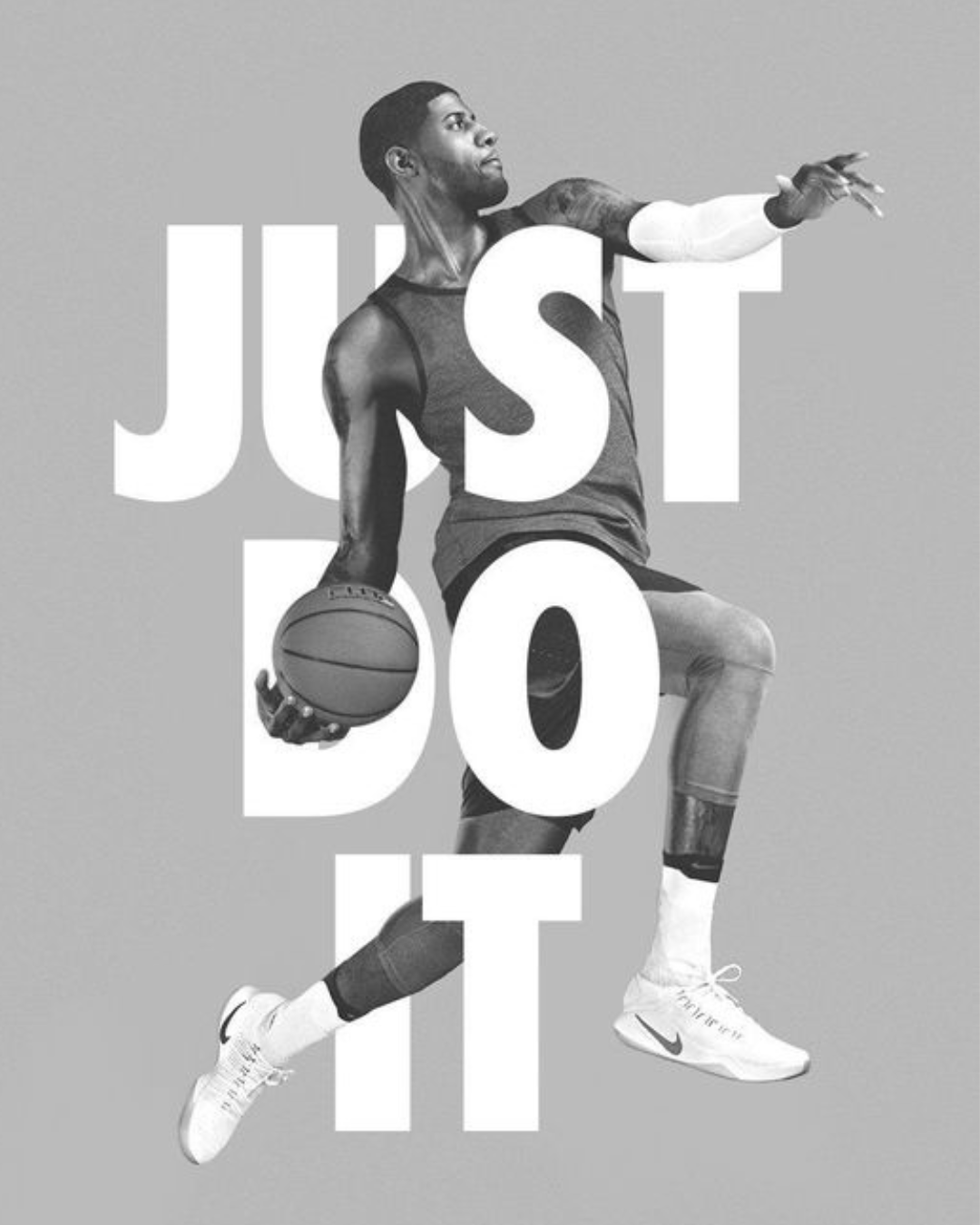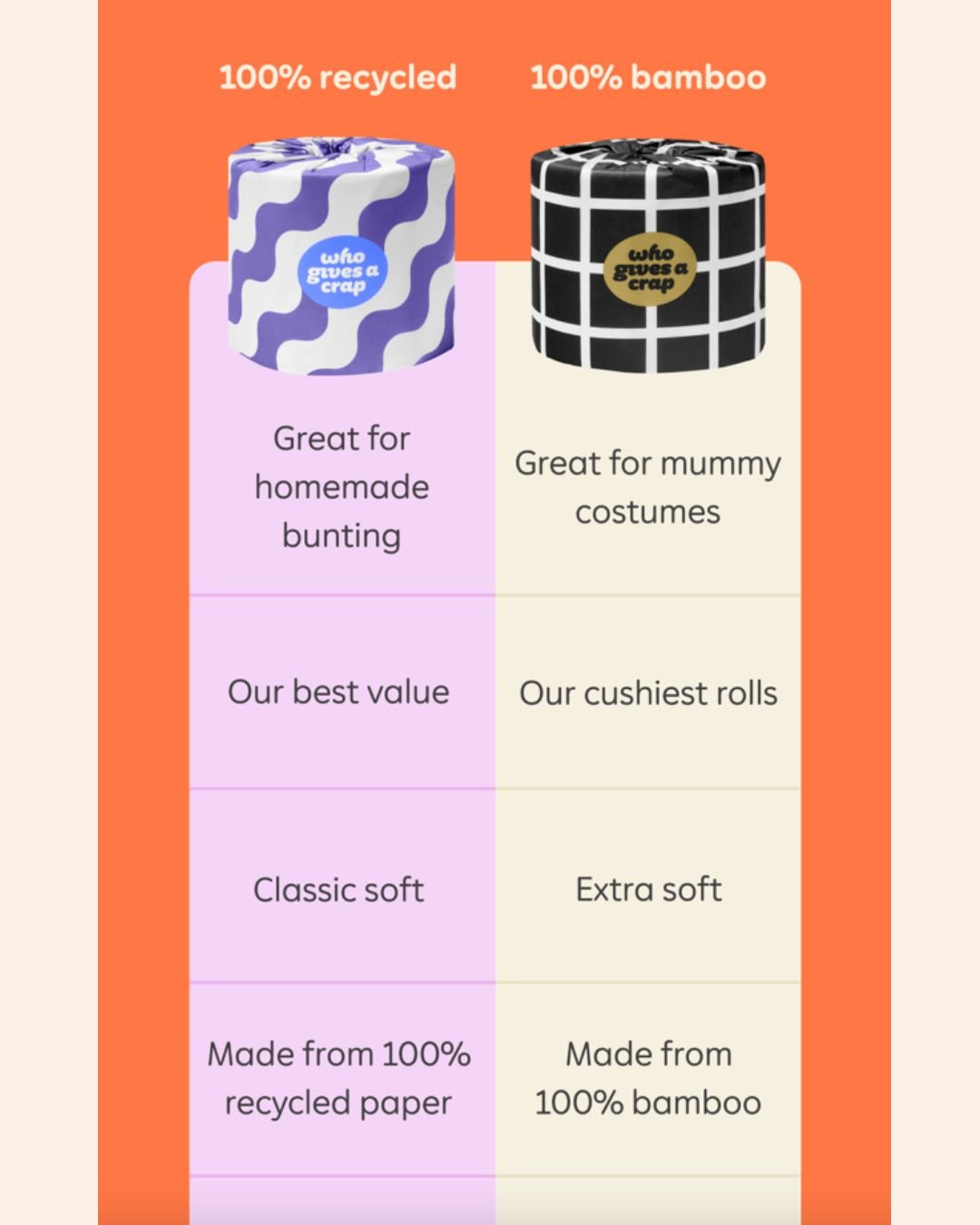How to use brand story to attract your ideal clients.
This week on the brand chats podcast, I recorded an episode about the importance of brand story in the small business world. We all know what a story is but why is it important when building a brand? 'Storytelling' is a word that gets thrown around a lot in the business world, but most business owners are unclear on what means for their brand.
Your brand story is not the "about us" section on your website or the first page of your presentation. Your brand story sits above that - It’s the heart and soul of your business. Whether you are aware of it or not, all of your favourite brands will have a captivating story that speaks to you in a meaningful way.
Let's unpack exactly what brand story means and how you can start to apply it to transform the way you communicate in your business.
Humans are compelled by stories
Let’s start with a simple truth. Humans are compelled by stories. It’s in our nature. From day one on this planet, humans have been gathering around fires, drawing on cave walls, and eventually writing books and producing movies, all to tell stories. It’s why we love to gossip, why TV shows and books captivate us, and why, even in our sleep, our minds are telling stories through both dreams and nightmares.
This fascination is rooted in our biology. And there's science behind it too. When we hear a story that resonates, our levels of oxytocin increase. This “feel good” hormone boosts our trust, compassion, and empathy, motivating us to connect with the storyteller. Essentially, a well-told story can make us feel like we’re also experiencing the story and make us feel like we are part of something much bigger than ourselves. It's like when you are watching a true crime series and you need to check all of the doors before you go to bed because it feels like you were there in the story, experiencing the same emotions as your favourite characters.
How does story apply to branding?
There is so much power in a good story. But how does this apply to brands? When we interact with brands, we’re not just looking at products or services. We’re searching for a narrative that we can see ourselves in. Maybe it's imagining the boost in productivity and success after buying some beautiful new stationery or imagining how fit and strong we are going to feel when we're wearing a new outfit to pilates. The same goes for service providers in the business world. Hiring a virtual assistant or a bookkeeper isn’t just about offloading work; it’s about envisioning a life with less burnout, more time with family, and more happiness. These are the stories we tell ourselves, consciously or not, when we are deciding which brands to bring into our lives.
This is why as a business owner and a brand builder, you must know how to position your business in a way that not only showcases what you offer but also mirrors the transformation that your audience is searching for. And this is what we call a brand story. Your brand story is not a paragraph that sits on your website or in your presentations. Your brand story sits above that - It’s the heart and soul of your business. It is why you exist, what you stand for, what sets you apart, and the reason people choose to work with you. It's making sure that you have nailed your message so that you know exactly how to speak to your ideal clients.
Nike
Let's use Nike as an example that everyone knows. When we are talking about Nike's brand story, it's not that they are a global sportswear giant that started in 1962 and that it is now one of the most recognisable brands in the world. That is an origin story, but it's not their brand story. Their brand story (the heart and soul of their brand) is that Nike wants to see a world where everybody is an athlete, united in the joy of movement. They aim to bring inspiration to every athlete in the world and make sport a daily habit. Their message "Just Do It." resonates with everyday people, inspiring them to strive for personal bests in all aspects of life.
The Swoosh is not just a logo; it's a symbol of perseverance, innovation, and the pursuit of excellence. They are telling a story to anyone interested in sports, telling them a story that allows them to see themselves as an athlete. It tells everyday people that they can do anything if they put their minds to it. Through this story, Nike is planting their customer as the hero and building a story about their lifestyle and potential transformation. Their story is not about the fabrics, materials, or price point. It is about the customer and what they want to experience.
Creating your brand story
Step 1: understanding the main character
The first ingredient is understanding the main character - your ideal client. If you don't know what your audience is struggling with and what they are dreaming about, it's hard to create a story that will captivate them. You need to know their pain points and desires so you can position your brand as one that will support them in achieving their dreams.
In your brand story, your ideal client is always the hero, not you. It’s not about showcasing your skills and achievements; it’s about demonstrating how you can help your client achieve their goals. This perspective shift is often overlooked, but it's what the best brands do. Your audience wants to know how you can make their life better, not just how great you are.
Your ideal clients are likely not looking at all of the credentials or reading your entire "about me" page. These are important to help your ideal client validate their decision, but not what will get someone over the line. They are searching for the essence of your story and whether you are the right person to help them on their journey.
Step 2: crafting your secondary character
The next step is all about crafting your brand as the secondary character and the narrative.
Brand DNA
It all starts with your Brand DNA which is about who you are at the core, what your brand believes in and why you exist. You need to know the fundamentals including your vision, mission and values, before you can start crafting a story. Maybe you exist to support women in business, improve the small business world, create a more sustainable world, or improve a certain industry. Maybe you care about community, collaboration, and education. Whatever it is, you need to know your Brand DNA and what your brand stands for, because this is where the story begins and how you can create a magnetic connection between you and the main character (your ideal client). Infusing your Brand DNA throughout the story allows you to connect with like-minded people who believe in this mission too. And if you don't, you will likely attract people who dont care about the things you are trying to achieve.
Uniqueness
The next part is looking at what makes your brand (character) unique compared to everyone else and being able to communicate this in a way that resonates with your audience. If you don't communicate your uniqueness in your brand story, your audience won't understand why you are unique and why they should choose you. Where a lot of people go wrong here is not looking at what makes them unique in the scheme of what their audience truly cares about. For example, if you are an accountant and what's different about you is that you are super creative, that's cool but does your audience care about that? If the answer is yes then great. If the answer is no, you need to do some digging to understand what they care about. We are building a story that your audience will be captivated by. If what makes you unique isn't important to your audience, then they will likely move on.
Personality
Now that we have your DNA, and the uniqueness of your character nailed, we look at creating a brand personality. During the brand personality process, I use brand archetype frameworks with my clients to develop a personality for their brand character. So, if your ideal client is the hero, your brand needs to have a role. If you are a Virtual Assistant for example, maybe your brand personality is the cheerful best friend who is your client's biggest fan. If you are an educator, maybe you are the wise guardian who leads and guides your clients on their journey. Your personality should speak to your brand values and personal brand, but also one that speaks to what your audience needs in their life right now. This is where brand voice comes into play too. Does your audience need you to be professional, lighthearted or funny? Brand personality is all about humanising your brand but also making sure you are speaking in a way that is relatable for your audience.
Who Gives A Crap
Let's talk about another example, Who Gives A Crap. What's unique about what they do? It's a few things with one of the most impactful being their commitment to social impact, donating profits to build toilets and improve sanitation facilities in underserved communities around the world. This is unique in the toilet paper industry and it is something that they know their audience cares about. Their audience wants to make an impact and if they can do that by buying toilet paper, then they are going to feel great about their purchase and being able to make a difference in a small way. And when we look at their brand personality, there is a lot we can say about the way they present their business. With a cheeky name that grabs attention and humour infused throughout their brand story, Who Gives A Crap has built a character whereby they are silly and relatable which is exactly what their audience wants when they are thinking about toilet paper - a very boring household item.
Tune into my 'behind the brand' episode to learn more about the Who Gives A Crap brand strategy.
Telling your story
Once you have clarity and confidence in your story, then it's a matter of actually telling the story - storytelling. You can tell the story through your key messages and your visual brand. Your visual brand is everything people see including your logo, the colours and fonts you use, the style of your images, and even the layout of your website. These elements shouldn't just be random choices; they're carefully selected to tell your brand's story, making sure you stand out in a crowd and are instantly recognisable. It's all part of the storytelling process. Same with your key messages, they should all fall out of your overarching brand story.
Lastly, I want to talk about content because that is the process of continuously telling your story to keep the conversation going, strengthen relationships with your audience, and make your brand a constant, familiar presence in their lives. There is no point in having a powerhouse brand story if you aren't sharing it with the world. It's like writing an incredible novel and then not printing it. If you want to have a memorable and recognisable brand story, you need to continue to tell the story in different ways through your content every day. You could create reels that help your audience visualise themselves at the end of the story, you could film stories about your transformation, or you could tell stories of other clients who have experienced a transformation so that your potential clients can feel as though they can achieve the same. There are so many ways to tell stories these days. But the key thing to note is that you need to have a great brand story and be able to continue to tell your story through great content too.
Ready to create a captivating brand story?
I love working on these storytelling projects because I can see how transformative it is when business owners can start to position and present their business in a way that captivates their audience. So many of my clients are frustrated when they reach out to me because the way they communicate isn't connecting, they aren't attracting the right type of clients and they aren't being perceived in a way that aligns with what they want to be known for. But, with a great brand story, you have the power to rewrite the script and put your brand on the map.
Learn more about teaming up with me to create your brand story.







